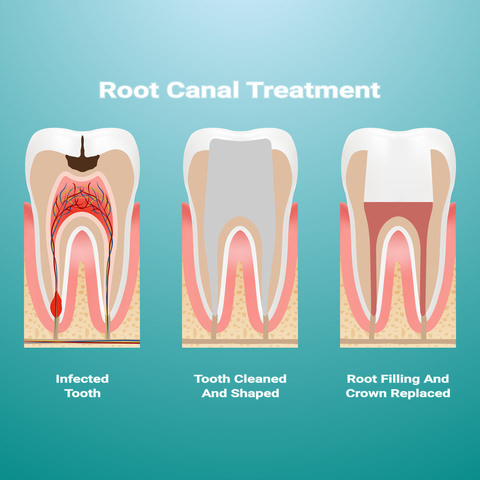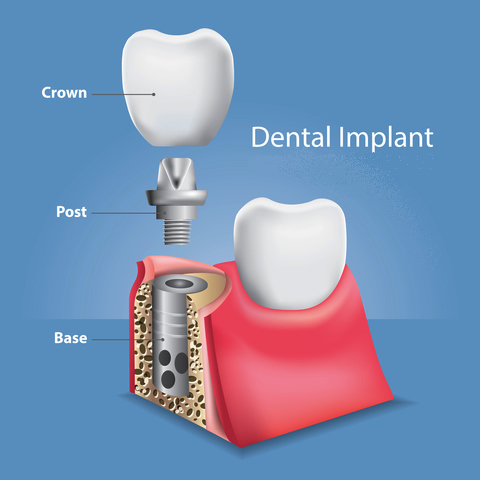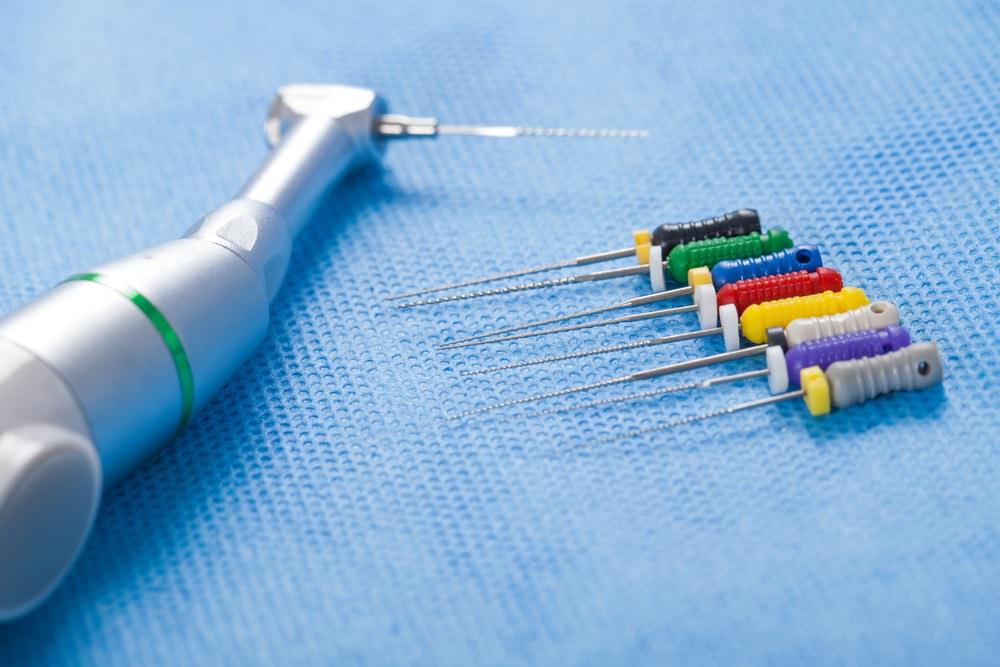Root Canal at 21 – What to Expect (Including Other Options)
Have you been told you might need a root canal at 21?
Root canal therapy is what’s needed when you have badly decayed tooth.
At the age of 21, you probably don’t want to go through this procedure. There are much better things to experience.
However, problems do arise, and root canal therapy is a great way to solve the problem of tooth decay which has gone too far.
In this post, I’ll cover common questions about root canal therapy as well as discuss some dental matters that will help you avoid root canal therapy at 21.
Let’s get going! Here are the answers you seek…
Table of Contents
- How Do You Know You Need a Root Canal?
- Should I Wait To Get A Root Canal?
- Tips to Prevent Getting a Root Canal
- Tooth Extraction: Is it a Bad Idea?
- Dental Implant vs Dental Bridge
- Private Health Cover and Root Canal Therapy
- Are Root Canals Safe for Young Adults?
- How to Prevent Getting a Root Canal For Life?
- Conclusion
Root Canal Therapy
Most of us know someone who has needed root canal therapy.
The treatment can be unpleasant but in some cases necessary. The best outcome really is prevention, especially as a young adult.
Though more common later in life, even a young adult can need a root canal in the case of a decayed tooth.
How Do You Know You Need A Root Canal?
For many cavities, a simple filling will do the trick to get your tooth healthy again.
Root canals are needed in the case of a deep cavity where the infection has gone through to the roots of the tooth and is touching the nerve.
There are various potential signs that a tooth may need a root canal.
These include:
1. Discolouration
If the tooth is discoloured or darker than the teeth around it, this is a sign that the nerve inside the tooth is dead.
2. Pain
Although not present in every case, pain, especially severe pain, is often a sign of a tooth needing a root canal.
The types of pain can range from a dull ache to more severe pain, even causing a person to wake up during the night.
Throbbing pain and pain that changes when you go from sitting to standing to lying down are common in a tooth that needs a root canal.
Pain is also a sign of many other dental conditions, but it’s always best to go to a dentist as soon as you can when you’re dealing with tooth pain.
3. Sensitivity to Hot and Cold
The tooth may be particularly sensitive to temperature, making it uncomfortable to eat anything notably hot or cold.
4. Tender Gums
The gums near the tooth in question may be unusually sore or even swollen.
There might also be a small bump on the gums near the tooth, kind of like a pimple.
Should I Wait to Get A Root Canal?
It’s better to get the root canal done relatively quickly.
Although it’s not an emergency, when you need a root canal it’s because your tooth is infected.
So the longer you wait, there is a chance the infection will get worse.
The infection can actually eat away at the roots of your tooth.
What started as a need for a root canal could potentially turn into a need for a tooth extraction.
Getting it done sooner can save the tooth, and you won’t have to deal with either a missing tooth or a dental implant (cosmetic tooth).
Of course, if you do have tooth pain already you have a solid reason to get the root canal done.
Even if you don’t have much pain, getting it done will save you discomfort in the future.
Preventing the infection from spreading can reduce the need for a more involved procedure later.
Pro Tip #2
Regular visits to your dentist can dramatically help as well.
One about every six months to have your teeth cleaned and checked for cavities and general wear and tear.
Your dentist can find a tooth that’s in trouble early on, which may allow a less intrusive treatment than a root canal.
Other Prevention Tips
In addition to these basic guidelines for oral health, if you are a tooth grinder, it’s a good idea to wear a dental guard while you sleep.
This will prevent damage to your teeth which overtime could expose your teeth to more wear than they should.
If you play a contact sport, it’s also good practice to wear a custom-fitted mouthguard.
This will protect your teeth from damage caused on the field, court or in the ring.
Other ways to be gentle with your teeth include avoiding crunching on ice, as well as biting on hard lollies.
Both of these can potentially fracture or crack a tooth. It’s also good practice to cut down on acidic drinks, including soft drinks, as much as possible.
The acid can damage the enamel of your teeth, and the sugar can encourage the growth of bacteria that cause tooth decay.
A Dental Thought
If you are experiencing tooth pain, the best course of action is to visit your friendly dentist as soon as you can.
Pain left unchecked can potentially lead to a host of other dental issues, not just a root canal.
Tooth extraction: Is it A Bad Idea
Tooth extractions—that is, the removal of the problem tooth—are sometimes thought of as an alternative to a root canal.
After all, both an extraction and a root canal will result in the removal of the infection and, after recovery, an end to any tooth pain that may have been caused by the infection.
In reality, however, the two procedures have differences.
Root Canal Therapy – The Process
During root canal therapy, the damaged tooth is repaired without being removed.
The dentist removes the infected pulp, fills in the tooth, and then seals it.
In the end, you have a repaired tooth, and the original tooth is saved.
Thanks to a local anesthetic, the feeling is similar to that of having a regular filling done.
Extraction
In the case of extraction, the original tooth removed from the mouth.
With the local anesthetic, it shouldn’t hurt, but you’re likely to feel pressure when the dentist removes the tooth.
Following the extraction, something will need to fill the gap so you don’t get problems such as teeth drifting.
There are two main options in this situation:
- Dental Bridge.
- Dental Implant.
Your Options: Dental Implant Vs Dental Bridge
These two cosmetic treatments vary in design and price.
A dental implant, which is a false tooth attached to the mouth by a screw, will fit securely in where the old tooth once was.
Thanks to modern technology, the dental implant will look and feel like a real tooth.
A dental bridge can also ‘bridge’ the space nicely should you need it.
A bridge is usually attached to your teeth either side of the gap.
Out of these two options, the bridge is the cheaper one.
Both are quality treatment options, but it does come down to whether your mouth can accept one option or the other. Price is a factor as well.
Final Thoughts on Extractions
An extraction is a more involved procedure.
While there may be discomfort for a few days after a root canal, an extraction site can take up to two weeks to heal.
You may need to use ice packs to keep the swelling down, and some light bleeding can occur for about a day following the procedure.
Also, you’re left with an implant rather than your real tooth.
It’s always better to keep your natural tooth wherever possible.
Private Health Cover & Root Canal Therapy
Costs for a root canal treatment can vary but generally, fall between $2,000 and $3,500.
Usually, root canal treatments are paid for by your extras cover policy, but not every plan will cover root canals.
A root canal is classified as “major dental”, meaning that it is not covered under general dental policies.
So you will likely need a high level of extras cover policy for a root canal to be covered.
A quick search online and I found a Medibank website detailing what their policies cover.
Are Root Canals Safe For Young Adults?
Yes, root canals are a safe and effective treatment for a tooth with a high level of decay.
Although they are less frequent in young adults than in older people, root canals are still a safe way to save a damaged tooth.
Root Canal Therapy can result in some pain and be inconvenient and time-consuming, but they are not dangerous.
With modern dental techniques, they are safe and effective.
How to Prevent Having Root Canal Therapy For Life?
To prevent having a root canal issue, just keep following the same recommendations mentioned earlier in this post.
A root canal treatment may be more common in adults who are past their early twenties, but they are by no means inevitable.
By continuing to brush regularly, flossing or using interdental brushes, and seeing your dentist regularly, you have a good chance at going your whole life without needing a root canal.
Conclusion
Although the idea of a root canal can be scary, in reality, it’s an effective procedure.
It can repair a deeply damaged tooth while still allowing you to keep your natural teeth, whether your 21 or 41.
In the long term, it’s better to seek out your dentist ASAP, rather than ignoring symptoms like tooth pain that can lead to even more problems over the long run.
With proper dental care and following it, you have good odds of being able to avoid needing a root canal at all.
What steps do you take to keep your teeth in good health? Let us know in the comments!
By Dr Veronica Roller
Created at August 08, 2018, Updated at January 25, 2025


















